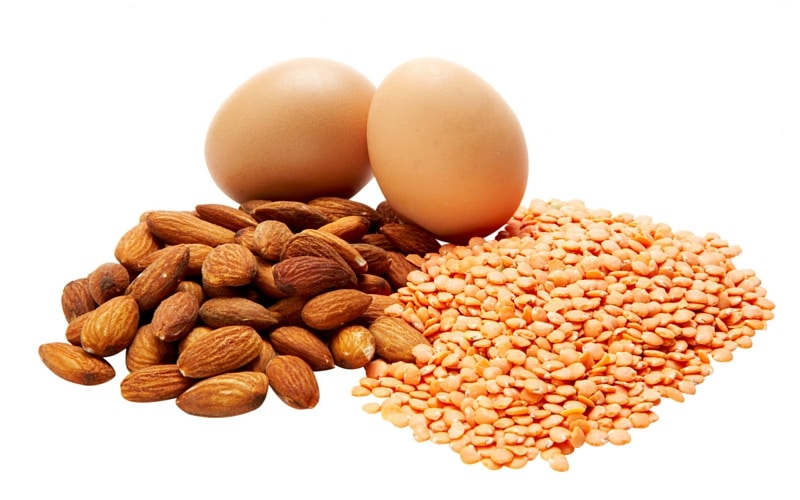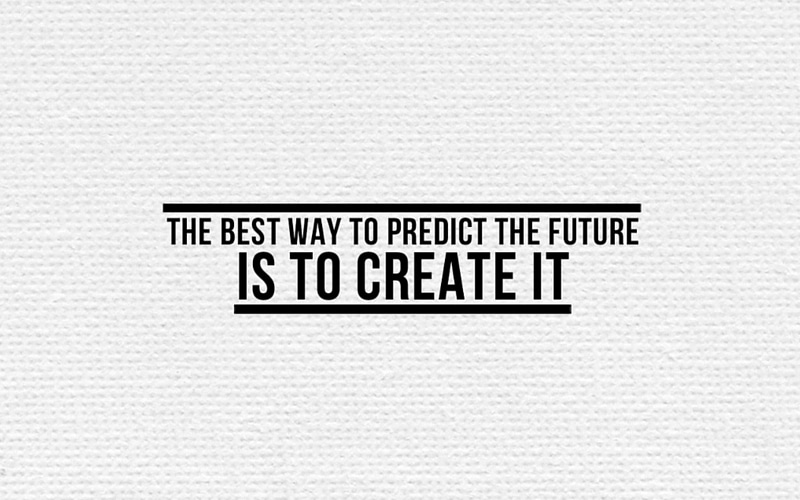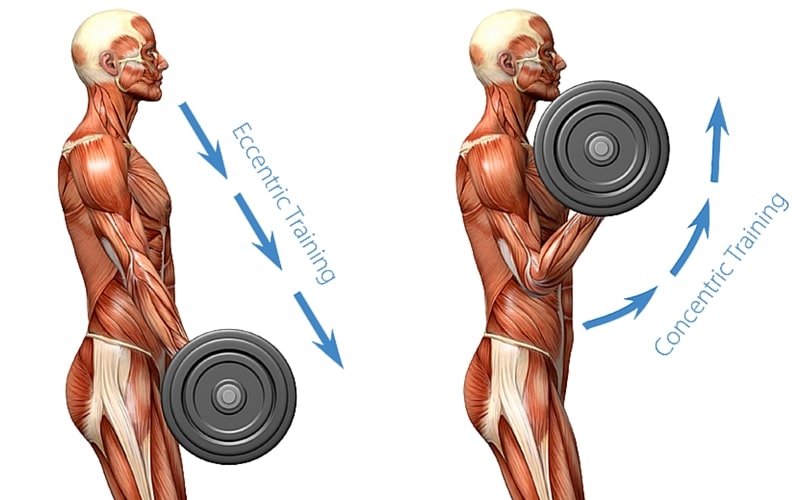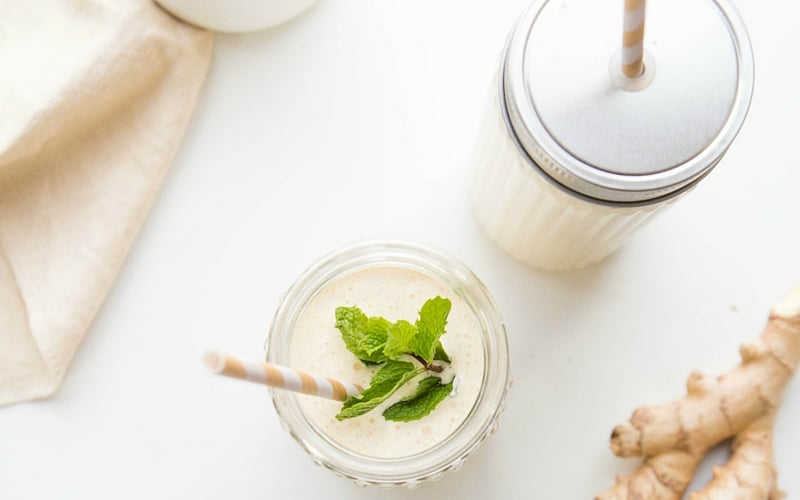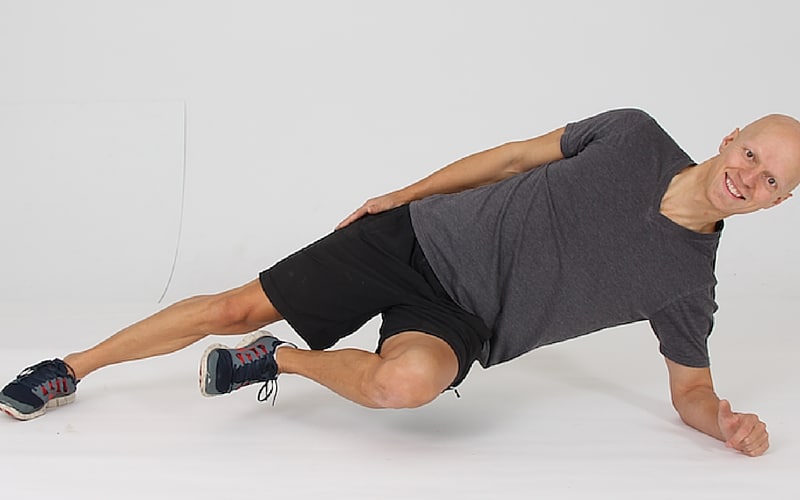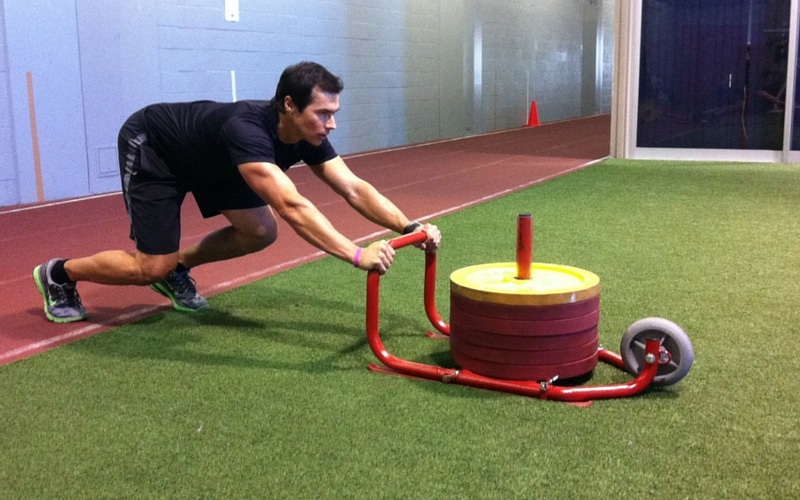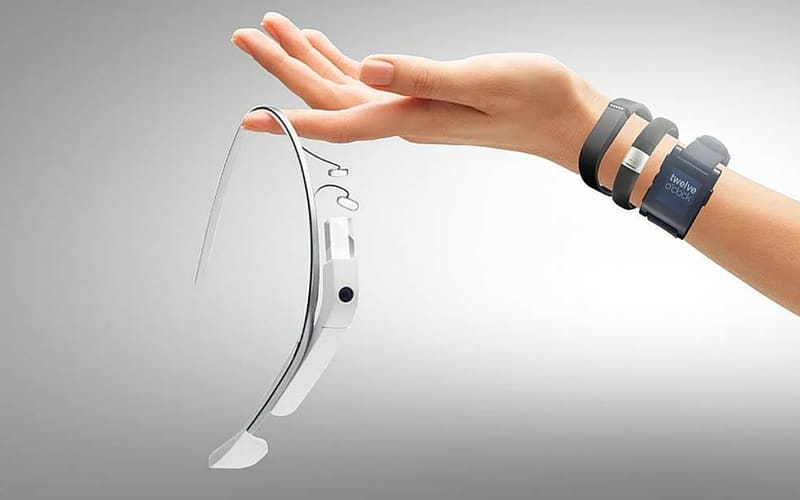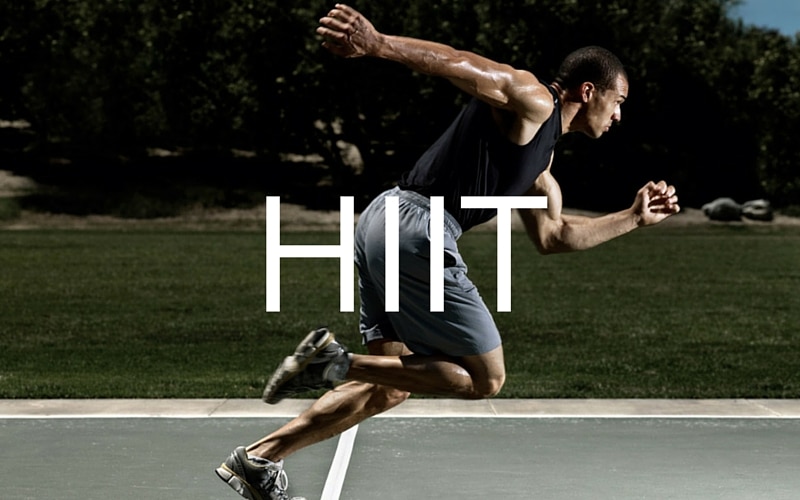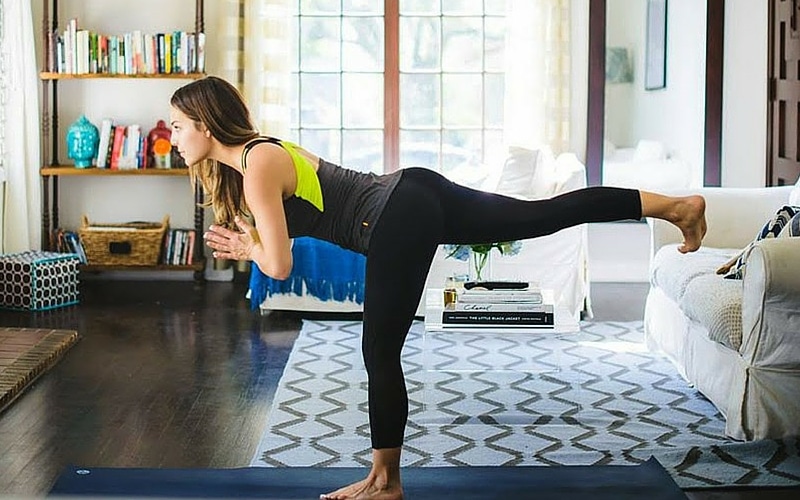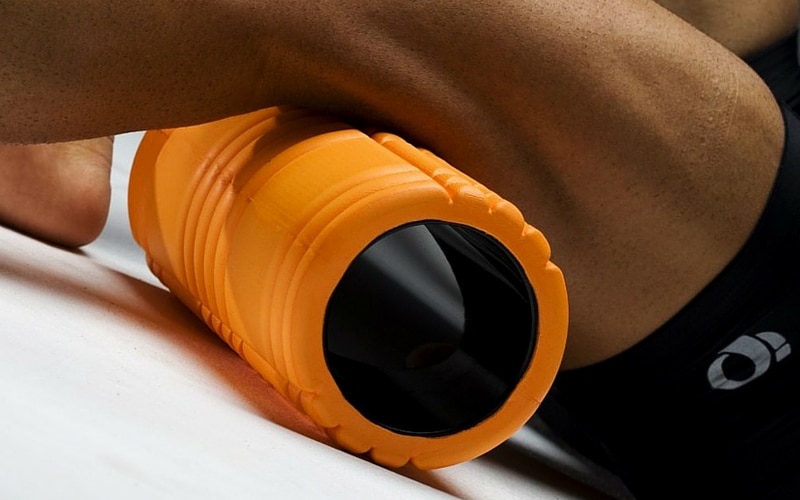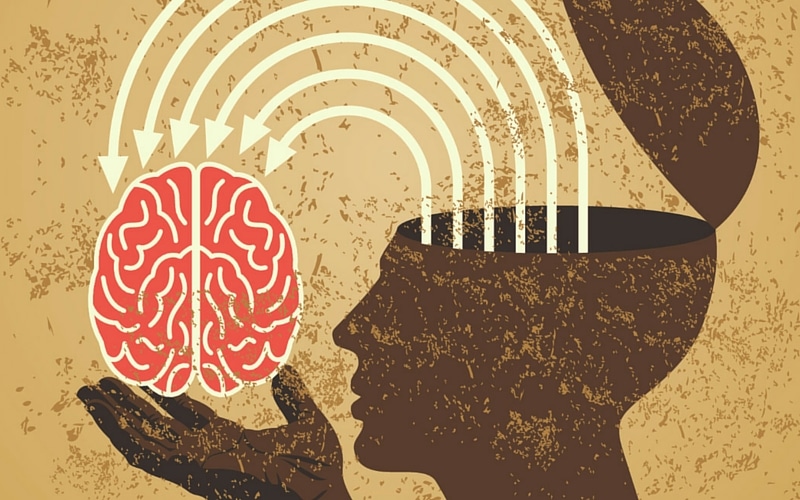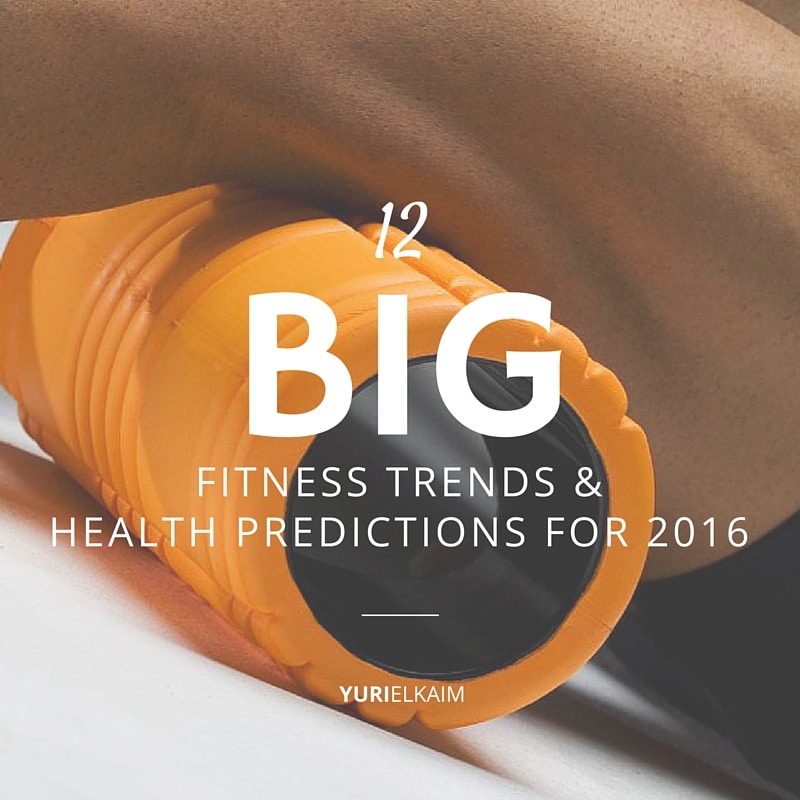
In spite of all the nonsense and misinformation in the fitness and health industry, I’m an optimistic kind of guy. I guess it’s fitting that my blood type is B+. Ha!
And I don’t know why it’s taken me almost 2 decades to write about upcoming fitness trends but, at last, I’ve got out my crystal ball (aka. intuition, research, and experience) to bring you what I believe to be the 12 biggest fitness trends coming in 2016 along with some non-fitness health predictions.
The 12 Biggest Fitness Trends and Health Predictions for 2016
1. Intermittent Fasting (IF)
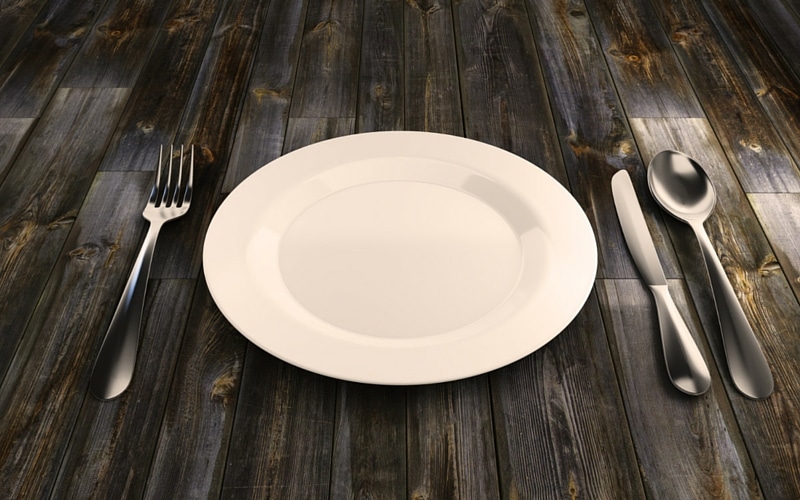
Intermittent fasting is the oldest healing modality we can tap into at any moment. It’s completely free and its fat burning and health benefits are in the dozens.
In case you’re new to IF, it’s as simple as not eating anything for about 18-24 hours. There are different approaches to fasting but the premise is the same – give your body a break from digesting food all day long so it can heal and repair itself.
If you’d like to go deeper and understand how to do intermittent, then this post covers everything you need to know.
I believe it’s only going to become more popular as more people experience its benefits. It’s an integral component of my All-Day Fat Burning Diet and the level of self-awareness it can give you about why you eat what you do is unparalleled.
2. The Death of Breakfast (sort of)
I’m not delusional enough to believe that we will take down the corrupt food industry in the near future. Therefore cereal, toast, and orange juice will still remain good old fashion breakfast staples for years to come.
However, those of us in the “know” are getting the message that eating carbs early in the day is a metabolic disaster in the making as it skyrockets blood sugar and insulin and suppresses cortisol – a lethal combination that overtime ruins your body’s natural circadian rhythms.
Thankfully, more and more diets and experts are on the same page and are advising to start your day with at least 20 grams of protein and adding in more carbs throughout the day.
The days of worrying about eating your carbs later in the day because they’ll make you fat are long gone. The research simply doesn’t support it.
You can learn more about this idea called “carb backloading” here.
3. Motivation and Finding Time to Workout Will Still Be An Issue
I’ve surveyed and spoken with thousands of men and women over the past 2 decades and I unfortunately continue to see that motivation and finding time to workout (1) are the 2 biggest roadblocks to making exercise a regular part of our lives.
Unless human psychology magically switches overnight, I don’t see this trend changing in the near future. Thankfully, there are great new tools and resources that can help you get (and stay on) track with your exercise plan.
My personal favorite is a new platform called Start 1, Stop 1 which is all about helping you take small steps to feeling better today. It’s a brilliant idea and one I think will transform the lives of millions of people.
One thing you can do to get motivated to stay active is to pick physical activities that you LIKE doing. There’s no rule that says you have to workout in a gym. I can’t stand going to the gym – thus I don’t go. I workout at home.
Exercise in a way that makes you happy – whether that’s playing sports or going for a run with friends. Whatever works for you.
4. Eccentric Training
Let me ask you a question. Let’s say you’re doing a push-up. Naturally, you give it your all as you push yourself up from the floor. But what do you do on the way down? Do you simply drop to the floor or focus on lowering yourself very slowly?
If you’re like most people, lowering yourself really slowly may have never crossed your mind or maybe you haven’t done it because it’s more challenging. Well, guess what?
That slow lowering is known as the “eccentric” contraction (or “negative”) and is responsible for most of the strength gains from your workouts. (2)
It’s also what creates the soreness you feel after a workout (don’t worry, this goes away after a few sessions).
Aside from the strengthening benefits of eccentric training, it also allows you to significantly cut down on your time working out because if you lift challenging weight that induce some soreness you won’t be able to workout 6-7 times per week. Plus, research
For those of us who are pinched for time, this is a huge benefit because this type of training produces far greater results in much less time. (3)
And considering that our time is only becoming more of a precious commodity with our rapidly changing and technological world, quick and efficient workouts are the way of the future.
5. Gut Health
This doesn’t have a direct tie into fitness, but I believe that gut health is going to be the major area of focus and breakthrough discoveries for human health and even weight loss in the coming years.
For instance, we’re now seeing research that shows that the type of microorganisms in your intestines can influence (and even determine) whether you’re overweight or lean. (4)
In my recent Fat Loss Summit, almost all 24 world-renowned fat loss experts hinted at or specifically referenced gut health as a major catalyst for weight gain (and ill health).
Even with all that we know about gut health, I believe we’ll see even more amazing breakthroughs about how to clean up our digestive system in a way that improves all aspects of our health.
One rarely-known way is to include more resistant starch (ie. raw potato starch or unripe bananas) in our diet as this has been shown to improve the integrity of the gut lining, improve insulin sensitivity, and reduce abdominal fat. (5)
6. Bodyweight Training
According to the American College of Sports Medicine’s (ACSM) worldwide survey of fitness trends, bodyweight training has exploded onto the fitness scene since 2013 and is one of the top trends that will continue into 2016. (6)
There will always be big box gyms and run of the mill machine and weight lifting equipment, however, with an increasingly smart exercise population emerging as well as a large segment of baby boomers who don’t feel comfortable lifting weights, bodyweight training is going to continue to be popular.
And that’s great because many bodyweight exercises are “self-limiting”, which means you cannot do them unless you do them with perfect form, a benefit you don’t get with one-size-fits-all machines, which also reduces your risk of injury.
Bodyweight training is also terrific for increasing balance, single leg strength and stability, and overall body awareness, which are increasingly important for preventing falls and injuries as we age. (7)
7. Functional Training (Especially For Older Adults)
Functional training is similar in benefit to what we just discussed with bodyweight exercises. Here, the focus is on training in a way that mimics real life situations. As fitness professional education improves, I believe more and more trainers, exercise programs, and independent gyms will be moving to this form of training.
Athletes use functional training to improve their performance, why shouldn’t you? (8)
You are an athlete even though your sport may simply be keeping up with your kids or playing ultimate Frisbee with friends. Our sport is life, so let’s train for that.
Our body was designed to move, not be stationary. The way we train should reflect that.
From a performance perspective (like jumping higher) there’s little benefit to sitting in a leg press machine and pressing weight unless you intend on putting yourself in that exact position in real life.
You’re much better off doing different variations of squats and single leg strengthening exercises that will transfer over into your day-to-day life and improve your power and strength. (9)
8. Wearable Technology
As advanced as we’ve come with technology I still like keeping things old school. However, for anyone who’s interested in immediate biofeedback (we should all be), then there are cool wearable technologies that will be a mainstay in our culture in the coming years.
Introduced just a few years ago, wearable technology includes fitness trackers, smart watches, heart rate monitors, and GPS tracking devices. Examples include fitness and activity trackers like those from Misfit, Garmin, Jawbone, and Fitbit. The newly released Apple Watch is another example.
But did you know that are actual clothing items that can now measure power output, caloric expenditure, and more? It’s amazing!
One such company is OMSignal which makes fitness apparel that syncs with your smartphone and provides numerous data points like heart rate, breathing rate, calorie count, and more. Think of a Nike Dri-fit shirt with technology built in. It’s pretty cool.
9. Interval Training
As with eccentric training, interval training allows you to get more bang for your exercise buck in far less time.
I’ve be a fan of interval training for years. As a former pro athlete, I can tell you there’s no reason to do long, slow cardio (other than for recovery) when you can improve your cardio endurance (10) and burn more fat (11) in about 1/3 the time with intervals.
The beauty of interval training is that because you’re interspersing bouts of high intensity with bouts of low intensity work, you’re able to spend more overall exercise time closer to your maximum heart rate. And that means better cardio conditioning, more calories burned, and more overall fat loss in the long run.
If you’re pressed for time and want an exhilarating way to get in your cardio in just 5-10 minutes (yes, that’s all you need), then interval training is the way to go – and it will be for years to come.
Try this sample interval training workout:
Warm-up: 5 minutes at your talk test pace
Work: 10 seconds at 100% effort
Recovery: 20 seconds at 65% effort
Repeat 10 times for a total of 5 minutes.
10. Yoga (At Home)
Yoga continues to appeal because of how good it makes you feel. Whether it’s a calmer mind or a more supple body, yoga is terrific.
The one downside is the length of most classes.
I do hot yoga twice per week and most classes are 75-90 minutes. I will go out of my way to find and attend the 60-minute classes. However, combine the driving to and from the class along with showering afterwards and that’s close to 2-2.5 hours out of your day. No thank you.
Thankfully, there are tons of online yoga resources that will give you simple follow-along routines that you can do in the comfort of your own. I personally just go over to YouTube and follow some of the routines from Tara Stiles.
Additionally, there are many yoga apps that you can enjoy from your smartphone. I haven’t used any of these, but feel to check them out: Yoga Studio, Pocket Yoga, iYoga, and Daily Yoga.
11. Flexibility and Mobility
As we continue to spend most of our days sitting, being inflexible and feeling stiff is going to persist. That’s why things like yoga are so great. However, there are also many other great ways to keep your body supple and mobile.
I would recommend you have the following implements at home (total cost = $50):
- Foam roller
- Tennis or lacrosse ball
- Stretching belt
- BONUS: heavy resistant band tubing
With these tools, you won’t need to rely on a massage therapist to feel your best. Just commit to 5-10 minutes per day of soft tissue, using the above tools, and ensure you get up off your butt and move around every 20 minutes or so.
12. Intuitive Training
This may be the first time you’ve ever heard this term. I don’t know if I invented it, but it’s certainly something I live with in my training.
Intuitive training essentially means listening to your body and exercising in a way that honors how you’re feeling on a day-to-day basis.
Most exercise programs are one-size fits all, which is fine in terms of giving you structure and a proven plan to follow. However, there comes a point when you might not be progressing fast enough or feeling tired or sore and don’t feel like doing the prescribed workout for that day.
Intuitive training allows you to check in with your body and ask yourself. If you’re exhausted, it’s probably a good idea NOT to do that intense workout and maybe opt for a lighter recovery session or a gentle yoga routine instead.
In practice, it’s simply a process of asking yourself questions and listening closely to the answers.
The first step is a simple check-in. Before you even consider your workout for the day, ask yourself “How am I feeling today?” You’d be amazed at how many professional trainers don’t even do this much for their clients, nor do clients self-assess how they are feeling as part of their workout experience.
Your self-assessment should include what you did leading up to the workout, as well as sensations that are physical, like aches and pains, and mental, like your emotional state, fatigue level and mood.
As answers start rushing in, consider how these factors may affect your planned workout.
If your lower back is hurting you, maybe it’s not a great day to do heavy deadlifts. If you’re stiff from sitting most of the day, maybe you should stay off the bike and go for a run or do some yoga instead.
See how this works?
With so many crazy intense workouts on the market today, there’s bound to be push back from those of us who just feel burnt out.
The only pre-requisite with intuitive training is that you should have a decent understanding of how to train properly. If you don’t, your best bet is to have a number of different workouts at your disposal that you can pick and choose from based on how your body’s feeling.
So there you have my 12 big fitness trends and health predictions for 2016.

